What Are We Really Selling?
I can remember when my parents gardened for the sheer joy of it, something they inherited from their parents. After work, my dad used to go out and tend to his vegetables, and my mom picked the produce she was going to serve for dinner. The landscape shrubs were pruned, shaped and maintained to a high degree not because my folks wanted to keep up with the Joneses but because they enjoyed the activity of pruning. Lawns were something neighbors spent weekend hours comparing notes about; they shared information about what fertilizers and seeds performed best and when to apply nutrients to get the best results.
Gardening was a family activity and something everyone shared pride in. Consumers had a good knowledge base and dispersed information by word of mouth. Perhaps there was a subliminal sense that this experience was a stress reliever and source of tranquility. It added to the routine to which they had become accustomed… it added a sense of foundation and continuity.
And big box retailers didn’t exist.
The Next Generation
In my generation, some of my parents’ passion for gardening was passed down to my siblings and I, but we didn’t necessarily see the same benefits in this pastime that my parents did. Vegetable gardens still existed, but produce became more readily available at supermarkets sourced from around the world year round. Flowering shrubs became more prevalent in landscape plantings, encroaching on the landscape designs that were formally all woody foundation shrubs. We were more attracted to the aesthetic appeal of the landscape than the personal and intrinsic value my parents found in gardening. And with the kids getting involved in more after-school activities, our commitment to gardening activities became less; our values and what we deemed important changed.
We used gardening and landscaping as a way of keeping up with the Joneses, making sure we weren’t “outclassed.” We became less knowledgeable about new varieties and how to care for them and relied more on the retailer and the packaging to educate us. Our kids looked at gardening activities as a chore they had to finish before they were allowed to go to the mall or hang out with friends.
And the big boxes came into being and started competing against the independent garden centers.
The Younger Generations
In more recent years, gardening for the sake of gardening has waned in its appeal. We hear trend gurus talking about the outdoor living room and how the yard is an extension of interior home décor. We hear experts talk about a focus on outdoor entertaining, with cocooning and plants becoming components in this experience but not necessarily key elements.
Time-starved consumers are looking for instant gratification; they are not willing to wait and watch nature’s wondrous magic take place. The focus is more on the end result than the process. Enjoying the gardening experience has been replaced by the simple enjoyment of aesthetics. There is a younger generation out there that has never experienced “gardening” as us older folks did. They want the benefits without doing all the work. They want a plant that looks good, but they aren’t patient enough to ever get in touch with the experience.
The big boxes became more dominant, too many independent garden centers became more like the boxes and the consumer became confused.
Why The Changes?
Some of these changes were the result of basic societal evolution, with consumers’ lifestyles, morals and values morphing over time, changes that affected all products and not just our industry’s. Technology advances, instantaneous communication, downsizing industries forcing longer work hours, and children getting involved in more activities and spending more time away from home are just some of the major changes that have impacted consumers’ behaviors and lifestyles. So many of those factors are to the detriment of our industry.
As a result, we have focused more of our attention on price value messages, hoping we can cut through the advertising clutter by shouting about low prices. And some retailers have succeeded because they are addressing the “outdoor living room” experience, but this takes focus off of the plants and flowers they sell.
As an industry, we’re focused on selling plants… new, improved, unique, different. But other competitive categories have found success in promoting the innate human and social benefits of their products, and the products themselves become the consumers’ means to their beneficial ends.
My parents gardened because of the experience and because it was socially accepted and ingrained, something we don’t have today. Unconsciously, they realized the activity of gardening provided them with a sense of serenity and well being. They viewed plants and their growth as an experience and process to watch develop, maybe with a sense of delayed gratification that heightened enjoyment as the plant matured.
Behavioral Research
There’s been some academic research conducted over the years on how plants affect housing values and urban landscapes… very demonstrative, but research our industry hasn’t widely promoted. Last month a new research study was released, funded by an alliance of the Flower Promotion Organization (FPO) and the Society of American Florists (SAF), on the emotional benefits and impact cut flowers have on consumer well being. (For more information on this study, see Headlines on page 6.)
Nancy Etcoff, Ph.D., a practicing psychologist affiliated with Harvard University Medical School and Massachusetts General Hospital, conducted behavioral research that clearly showed having flowers in home spaces generated greater compassion, reduced anxiety and frustration, increased energy and enthusiasm, and promoted sociability… all contributing to a greater sense of emotional and personal well-being.
These are strong messages that can help communicate real benefits of flowers on the consumer psyche and help improve one’s life. While the study was specific to cut flowers, it is a logical extension that these same benefits can be experienced by consumers who purchase potted flowering plants, foliage plants and annuals. This is the first time we have conclusive, quantitative research that clearly provides purchase justification (beyond price). This information can provide compelling, emotional reasons for consumers to incorporate plants and flowers into their lives and lifestyles.
Educating The Consumer
The FPO/SAF Alliance will be kicking off a consumer public relations campaign promoting these findings, and in-store signage and collateral materials are being developed for retailers to use to communicate this message at point of purchase. But the true benefit for our industry will be when individual retailers start sending and reinforcing these benefits in their messaging to consumers… flowers are not only aesthetically pleasing to the eye but also good for you, too!
Yes, price value is an important factor in the consumer purchasing decision. But if and when we can show psychological and emotional benefits that can positively impact and benefit a consumer’s well-being, price becomes a secondary issue. We can position our products in a different way, a way that other competing categories can’t touch.
I am not suggesting we will ever get today’s consumer to behave and believe in gardening the way my parents did, but in some way the similarities of this new research to the benefits my parents unconsciously understood are real. We have an opportunity to change perception and make a difference; it’s up to you to help make the connection between the benefits of plants and flowers and your customers…


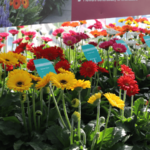




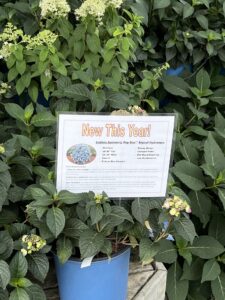

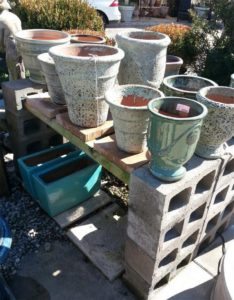
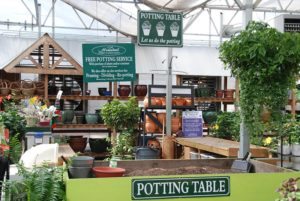
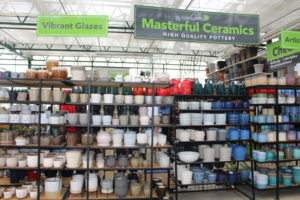


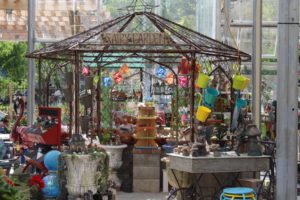


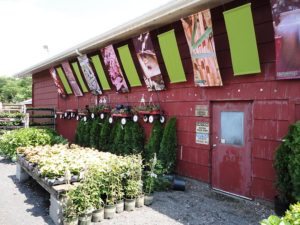
 Videos
Videos





